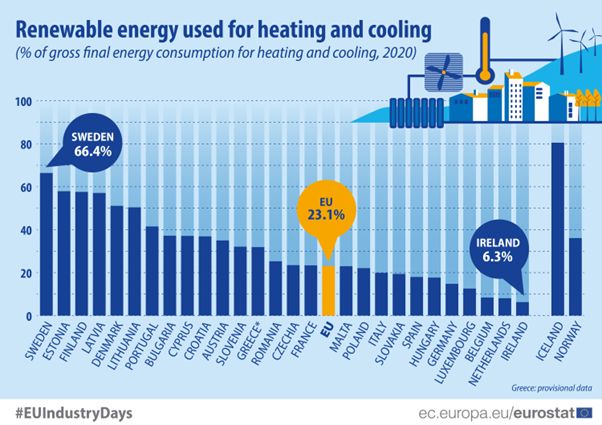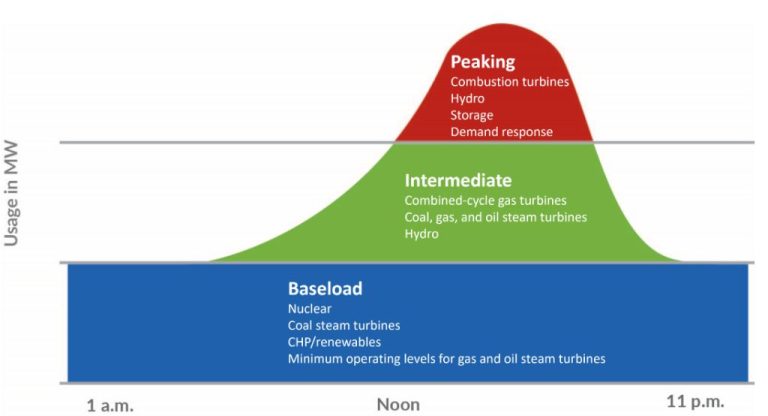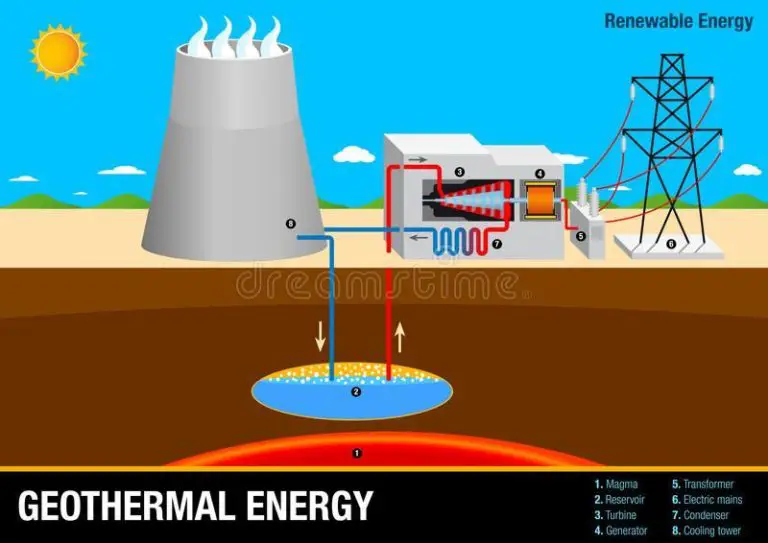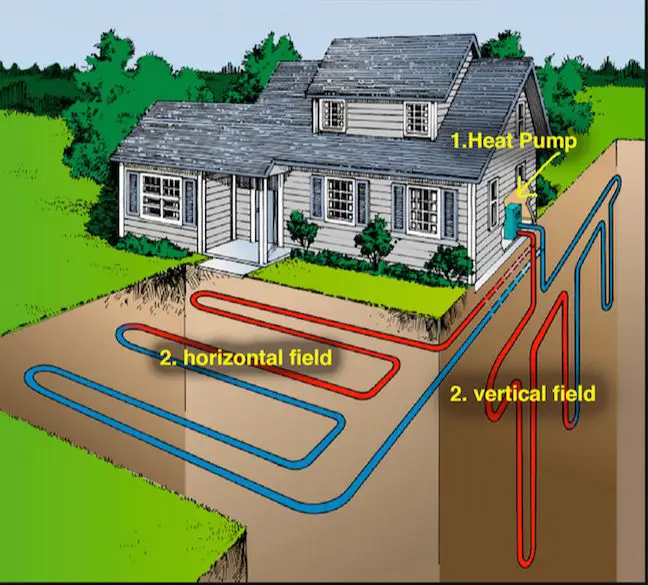What Do Geothermal Energy And Solar Energy Have In Common?
Geothermal energy and solar energy are both renewable energy sources that offer an environmentally friendly alternative to fossil fuels like coal, oil, and natural gas. Unlike fossil fuels, which are finite resources that release greenhouse gases when burned, geothermal and solar energy rely on naturally recurring resources that produce little to no carbon emissions.
Geothermal energy harnesses heat from within the earth to generate steam to turn turbines and produce electricity. Solar energy converts energy from the sun into electricity through the use of photovoltaic cells. Though the technologies differ, both geothermal and solar serve as clean, sustainable energy solutions that can help mitigate climate change.
Environmental Benefits
Both geothermal and solar energy offer significant environmental benefits compared to fossil fuels like coal, oil and natural gas. They produce little to no greenhouse gas emissions or air pollutants.
Geothermal plants release less than 5% of the carbon dioxide emissions of a fossil fuel plant. The steam and hot water used to generate electricity come directly from the earth, rather than burning hydrocarbon fuels. This makes geothermal an extremely clean energy source.
Likewise, solar PV panels and concentrated solar plants don’t emit any greenhouse gases or air pollutants. Converting sunlight directly into electricity is a zero-emissions process. Solar energy helps reduce reliance on fossil fuels, cutting carbon emissions and air pollution.
Shifting to renewable sources like geothermal and solar is key for reducing the impacts of climate change and improving public health through cleaner air. Their environmental benefits are a major advantage compared to conventional power generation.
Renewable
Both geothermal energy and solar energy are considered renewable energy sources because they are derived from naturally recurring sources – the Earth’s internal heat and the sun. Unlike fossil fuels, which take millions of years to form underground and are finite in supply, the heat from the Earth’s core and the light from the sun can be harnessed indefinitely. The renewable nature of geothermal and solar sets them apart from coal, oil, and natural gas, which will eventually run out if we continue using them at current rates.
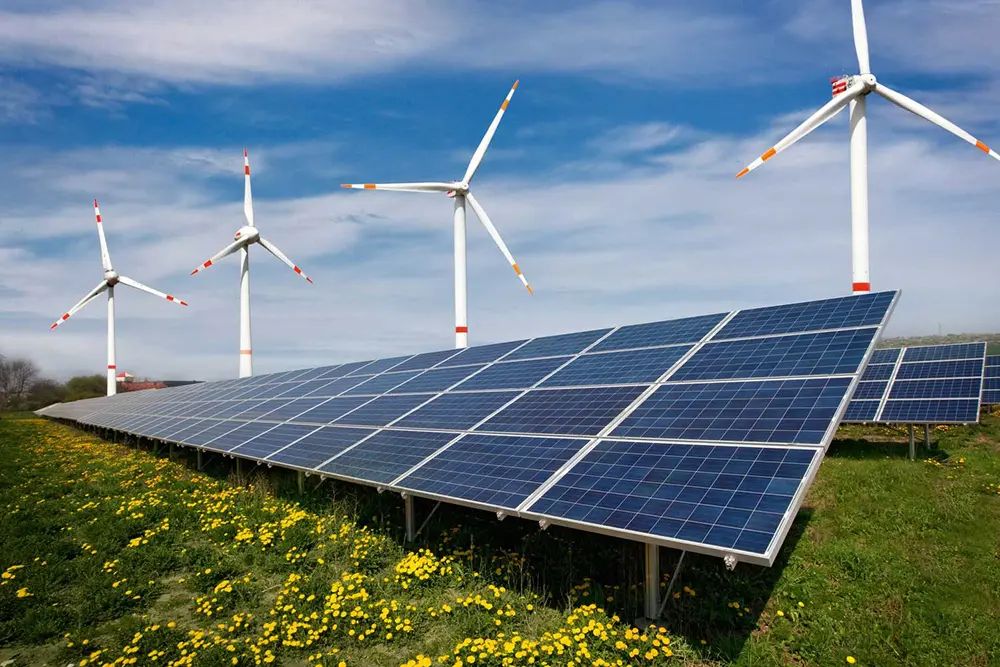
Efficiency
Both geothermal energy and solar energy have decent efficiencies when it comes to converting their primary energy source into electricity. However, geothermal plants tend to be more efficient overall.
The typical efficiency of geothermal power plants ranges from 10-20%. This refers to the plant’s net power output divided by the total thermal energy contained in the geofluid used to generate electricity. The high temperature hydrothermal resources used for geothermal plants allow for reasonably high conversion efficiencies.
Solar panels that convert sunlight into electrical energy through photovoltaics have efficiency rates around 15-20%. However, when accounting for the intermittency of sunlight and various system losses, the net solar-to-electricity efficiency is roughly 10-15%. Concentrating solar thermal plants can have slightly higher efficiencies up to 20%, but they suffer from the same intermittency challenges.
So while both technologies can convert their primary energy source into electricity fairly efficiently, geothermal plants do not have to deal with the intermittency and variability that solar panels do. The consistent underground heat makes geothermal a more dependably efficient technology.
Costs
Both geothermal and solar energy have relatively high upfront installation costs compared to fossil fuel power plants. However, their operating costs tend to be lower since they do not require continual fuel purchases.
For utility-scale geothermal plants, the costs of drilling and resource exploration contribute to high capital costs of $2-5 million per MW of installed capacity. Operating costs are estimated at around $0.01-0.03 per kWh.
Solar PV systems have seen installed costs drop dramatically in the past decade, now ranging from $1-2.5 million per MW. But operating costs are extremely low, at around $0.01 per kWh.
So while geothermal and solar have higher initial investment requirements, their minimal fuel costs and operating expenses make them cost competitive over the project lifetime. Their levelized costs of electricity can be cheaper than fossil fuel plants.
Capacity Factor
The capacity factor refers to the actual power output of an energy source compared to its maximum possible output. It measures the availability and reliability of that energy source.
Solar power typically has a lower capacity factor, around 20-40%, since solar panels only produce power when the sun is shining. Geothermal plants, on the other hand, can operate continuously around the clock and achieve capacity factors over 90%. This higher capacity factor makes geothermal a more reliable and consistent energy source compared to the intermittent nature of solar power.
However, capacity factors don’t tell the whole story. Even though solar has a lower capacity factor, it can still produce a significant amount of energy over a year. The lower capacity factor mainly means that solar requires storage or backup power sources to provide reliability.
Location Constraints
One key difference between solar and geothermal energy is the location constraints each faces. Solar energy relies heavily on areas with strong sun exposure to effectively generate electricity. Solar farms and panels are most productive in sunny, arid regions like deserts where cloud cover and rainfall are minimal. This makes solar energy abundant in the southwestern United States, Mexico, Chile, Australia, parts of Africa and the Middle East. However, solar is far less effective in northern latitudes or perpetually cloudy regions.
In contrast, geothermal energy is dependent on accessible underground reservoirs of hot water or steam. These geothermal reservoirs require specific subterranean conditions, often found along tectonic plate boundaries or volcanic hotspots like Iceland and the Pacific Ring of Fire. While geothermal potential exists across the globe, ideal high temperature reservoirs are rarer than strong solar resources. However, geothermal plants can operate consistently 24/7 as long as reservoirs are actively managed and recharged.
Technology
Geothermal and solar energy utilize different technologies to generate electricity. Geothermal plants use wells drilled into underground reservoirs to tap steam or very hot water that is brought to the surface to power steam turbines that drive generators. There are three types of geothermal power plants: dry steam, flash, and binary cycle. Dry steam plants use steam from geothermal reservoirs directly in the turbines. Flash plants take high pressure hot water, decrease the pressure to flash it into steam that spins the turbines. Binary cycle plants transfer the heat from geothermal fluids to another liquid with a lower boiling point that vaporizes to drive the turbines.
Solar power plants use photovoltaic panels or concentrating solar thermal technology to convert sunlight into electricity. Photovoltaic (PV) cells are made from materials like silicon that release electrons when exposed to photons of light, generating a flow of electricity. Concentrated solar power (CSP) systems use mirrors or lenses to focus a large area of sunlight onto a small area to heat a fluid, produce steam, and drive a turbine generator. There are different CSP designs like parabolic troughs, power towers, dish/engines and linear Fresnel reflectors.
While the technologies are quite different, they both harness natural thermal energy to produce renewable electricity without any carbon emissions.
Growth Potential
Both geothermal and solar energy have significant potential for growth in the coming years as countries seek to transition away from fossil fuels. Geothermal energy is currently used in about 40 countries, but only supplies about 1% of global energy. With vast untapped resources still available, geothermal power capacity could grow by 5-8 times by 2050. The global installed solar power capacity could grow even faster, with projections ranging from a 4 fold increase to as much as a 16 fold increase by 2050. This incredible growth is fueled by rapidly declining costs and supportive government policies aimed at reducing carbon emissions.
However, both geothermal and solar face potential limitations to growth. Only certain geographic locations are suitable for geothermal energy, restricting how much this resource can expand globally. Solar power relies on rare earth metals for photovoltaic panel construction, and shortages of these materials could limit growth if technologies do not improve. Overall though, the potential is bright for geothermal and especially solar power to comprise a significantly larger share of global energy production in the coming decades.
Conclusion
In summary, geothermal energy and solar energy share some key similarities as renewable energy sources, but also have distinct differences when it comes to efficiency, costs, capacity factors, locations, and growth trajectories.
Both geothermal and solar energy are considered renewable sources that produce little to no greenhouse gas emissions. This makes them more environmentally friendly options compared to fossil fuels. They also do not require the extraction or combustion of finite resources. However, solar only works during daylight hours while geothermal provides constant base load power.
In terms of efficiency, geothermal plants can reach up to 90% efficiency because they use steam or hot water from underground, while solar panels range from 15-20% efficient at converting sunlight into electricity. Geothermal also has higher capacity factors than solar since it produces constant energy. However, solar capacity is rapidly expanding while geothermal is limited to suitable locations.
When it comes to costs, geothermal power requires high upfront capital costs but has low operating costs. Solar costs have dropped dramatically in recent years but still require storage to provide power when the sun isn’t shining. Both technologies offer ways to produce clean energy with unique advantages and limitations.

